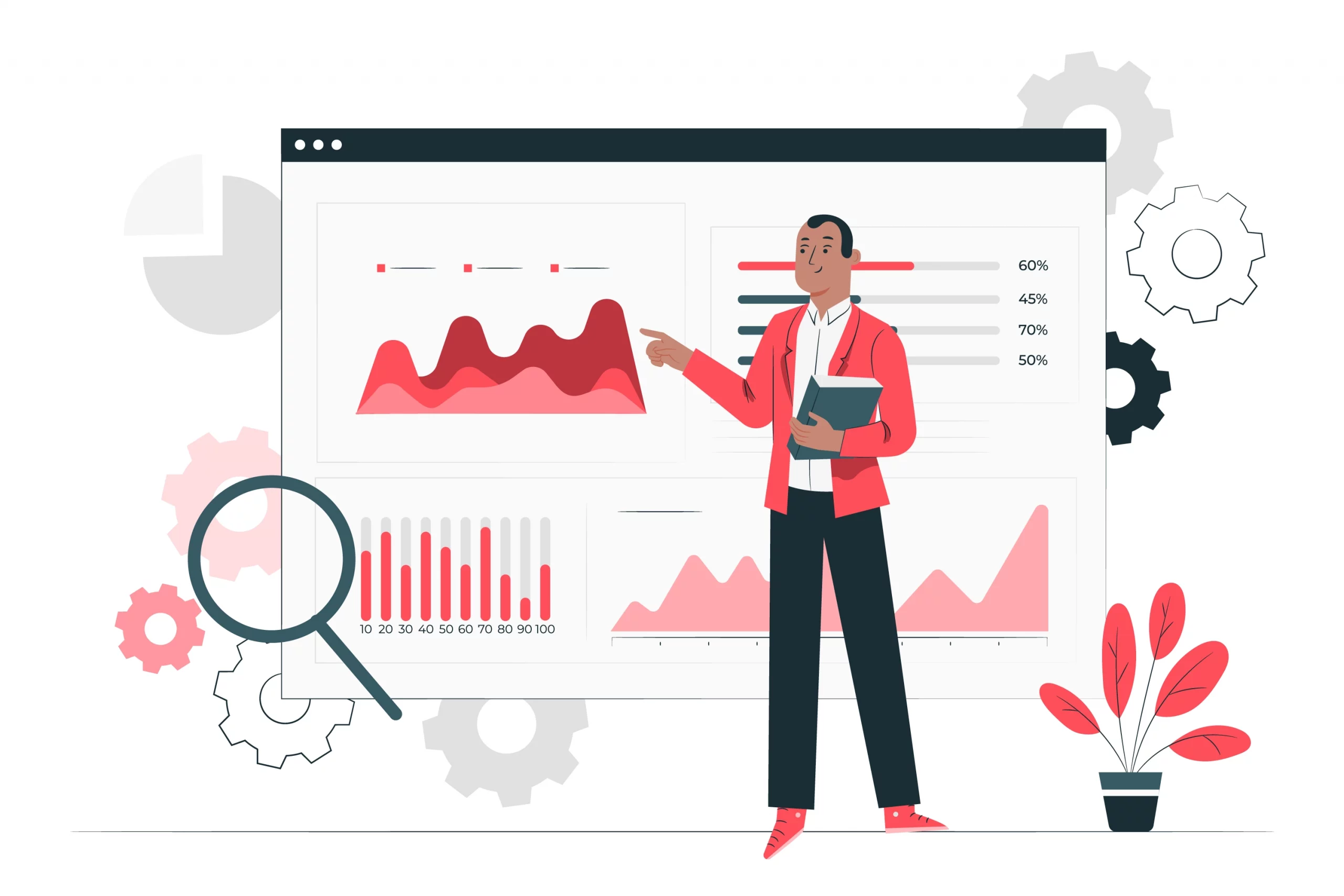
Qualitative Data – What are the best ways to collect it?
What is Qualitative Data?
Qualitative data as the name suggests is data that focuses more on data quality rather than their numeric terms or the part where data can be quantified. Qualitative data can be distinguished from answering questions like ‘how?’ and ‘why?’. The value in a qualitative data set contains uncountable information which can be widely used for multiple purposes by researchers or companies.
This type of data is usually collected for gathering deeper insight into the data that has been analyzed using quantitative data. The non-quantifiable nature of the data makes it tricky and a bit difficult to analyze, giving analysts and researchers a little less control over the data set.
The collection of qualitative data is also not rocket science and can be collected in multiple ways like floating surveys, polls, or questionnaires among the whole population or any particular segment or target audience.
Unlock Unlimited Surveys & Responses with Fynzo Survey – 99% Features Free Forever!
⭐ Rated #1 Trending Survey Tool by Software Suggest ⭐
Why Choose Fynzo Survey?
- Unlimited Surveys: Create as many surveys as you need without any limits.
- Unlimited Responses: Collect unlimited responses effortlessly.
- 99% Free Features: Access nearly all our powerful features for free, forever.
- User-Friendly: Easy setup, create your survey in minutes.
Example of Qualitative data
Like we rightly mentioned that any kind of data that is not quantifiable in nature is qualitative data but what can this type of data essentially be? Let’s understand qualitative data and the difference between qualitative and quantitative data with the help of an example.
At the time of performance review, there are two ways in which managers can and usually review their employees. In one way, the manager can set aside multiple areas and he can rate your overall performance in each area and then give you an overall rating based on each different area. This kind of data is quantitative in nature as you can see your performance say 4/5 for clarity of work and you can analyze the same if you have the record of past years’ ratings.
However, if the manager reviews your performance for one of the areas, for instance, let’s take clarity of work and he gives you feedback based on your understanding of the work, your innovation in new projects, and the in-depth knowledge you pursue in each of your work areas then that kind of data will be qualitative data.
Importance of qualitative data collection
It might seem useless to many people to collect qualitative data and the reason being that it is not numeric in nature and cannot be analyzed and used for report generation. However, if you are one of those people who think that qualitative data collection is useless then you are wrong and might be missing some vital insights into your data.
This is the type of data that is most connected with humans as they deal with the areas which tell us about how people perceive their emotions. This kind of data collection that deals with people’s emotions and perception gives you details about your customers and helps you deal with your customers and their problems in an efficient and effective manner.
Not only this, collecting qualitative data over a period of time and analyzing the same helps you find and understand similar traits and parameters along with the level of frequency with which they occur and many other deeper insights like these. These kinds of insights help researchers form certain parameters which can be used to analyze large data sets.
Looking at qualitative data also helps in figuring out who your target audience is, and what are their traits and habits. The more you know and understand about your target audience, the better you will be able to connect with them and can have your attention at the right place in dealing with their problems.
Unlock Unlimited Surveys & Responses with Fynzo Survey – 99% Features Free Forever!
⭐ Rated #1 Trending Survey Tool by Software Suggest ⭐
Why Choose Fynzo Survey?
- Unlimited Surveys: Create as many surveys as you need without any limits.
- Unlimited Responses: Collect unlimited responses effortlessly.
- 99% Free Features: Access nearly all our powerful features for free, forever.
- User-Friendly: Easy setup, create your survey in minutes.
Ways to collect qualitative data
As we all know that qualitative data is non-numeric in nature and focuses more on generating deeper insights from the data. Therefore, the way of collecting this type of data is slightly different from that of quantitative data. Let’s look at some of the ways that are widely used by researchers to collect qualitative data.
One-to-one interviews
This type of quality data collection is most widely used to collect qualitative data. In this, the interviewer can ask questions directly which makes the process of data collection more personal and have an open space for open ended questions. This method can be a more informal way of data collection as there is no structured way of asking questions, rather the flow of the interview is guided by the questions asked by the interviewer.
Group Discussions
This is another widely used method of collecting qualitative data. In this method, a group of 8-10 people is formed which is headed by a moderator. The characteristics of the people in the groups will have something or the other in common, depending on the reason for which the data is being collected.
Observation
This kind of qualitative data collection requires a very keen and in-depth approach as the researcher is required to observe and record their target for an appropriate period of time depending on the reason for which they are observing their audience.
Case Studies
In this kind of qualitative data collection, researchers look at the already existing scenarios and case studies pertaining to the situation or reason for which they need to collect data. The data is extracted from already happened scenarios or incidents rather than collecting data from people in real-time.
Longitudinal data
In this kind of qualitative data collection, the data is collected from the same group of audience or from the same source over a period of time. This kind of data collection can take place for as long as 10 years or more, as the main motive for conducting such research is to find common traits between subjects or correlations that can be drawn if any.
Best practices for qualitative data collection
Though there is no structured way of collecting qualitative data, there are many practices one can keep in mind while collecting this type of data in order to save a lot of time and effort.
- Have a clear objective in your mind as to why you need to collect qualitative data.
- Once your objective is clear, frame the right sets of questions one should ask in order to draw findings for that objective.
- Keeping your objective and research question in mind, the next step should be to figure out the best way for collecting qualitative data.
- Once you have all the above mentioned things with you the next thing will be to collect data. When data collection is done, arrange and organize your data as it will be easier for you to handle the data set.
- When the data set is organized in the right manner, you can analyze your data and draw conclusions from it.
FAQs
What is qualitative data also known as?
It is also known as categorical data or ethnographic interpretive research.
Which variable is qualitative?
Any variable collected in a survey that cannot be expressed in numeric terms or cannot be quantified is qualitative in nature.
Unlock Unlimited Surveys & Responses with Fynzo Survey – 99% Features Free Forever!
⭐ Rated #1 Trending Survey Tool by Software Suggest ⭐
Why Choose Fynzo Survey?
- Unlimited Surveys: Create as many surveys as you need without any limits.
- Unlimited Responses: Collect unlimited responses effortlessly.
- 99% Free Features: Access nearly all our powerful features for free, forever.
- User-Friendly: Easy setup, create your survey in minutes.







